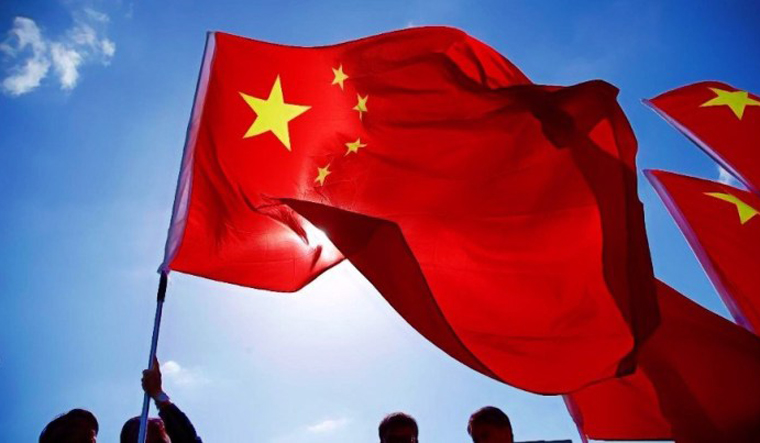With the Myanmar military junta or ‘Tatmadaw’ firmly in China’s grip, an outreach by China to the rebels in the China-Myanmar border areas may inject energy into the armed movements by Northeastern insurgents that have witnessed a slide in fighting capability in recent years.
Local media reports from Myanmar speak of a recent visit by special China envoy Deng Xijun to the China-Myanmar border and initiating talks with the main EAOs.
Before being appointed as China’s special envoy to Myanmar in December 2022, Deng was China’s special envoy for the Association of Southeast Asian Nations (ASEAN) affairs.
The Chinese initiative comes in the backdrop of a US-led Western effort to fund and provide technical assistance to the anti-Tatmadaw forces including Ethnic Armed Organisations (EAOs) through the BURMA Act (Burma Unified through Rigorous Military Accountability) Act, which enables funding and technical assistance to the anti-Junta forces including the Ethnic Armed Organisations (EAOs).
After his first visit to the beleaguered border areas in December, this was Deng’s second visit where he met EAO representatives of the powerful United Wa State Army (UWSA), the Kachin Independence Army (KIA), the National Democratic Alliance Army (NDAA), the Shan State Progress Party (SSPP), the Arakan Army (AA), the Ta’ang National Liberation Army (TNLA) and the Myanmar National Democratic Alliance Army (MNDAA).
The immediate reason for Deng’s visit was ostensibly to bring around the EAOs to an agreement with Naypyitaw junta which has also weakened considerably and lost efficacy since it brought about the coup of February 1, 2021.
All the EAOs are considered powerful in their areas of operation.
Headquartered in Kachin State, the KIA was the main organisation that trained the insurgents from Northeast India including the United Liberation Front of Asom (ULFA), the People’s Liberation Army (PLA) of Manipur valley and the Kuki National Army (KNA).
Many of these Indian insurgent groups, including the Naga undergrounds, still maintain connection with many of these EAOs and maintain bases in the latter’s areas of influence.
Historically, the Naga underground and the erstwhile Mizo insurgents had proximate ties with the Chinese establishment.
A China-helmed understanding between the Tatmadaw and the EAOs would adversely impact the tacit pact between Indian security forces and the Tatamadaw to flush out Northeast insurgent groups that would also be encouraged by the consequent rapprochement between the Tatmadaw and EAOs.
The other area where Indian interests would be impacted is New Delhi’s flagship ‘Act East Policy” which hinges on two primary pillars—peace and stability in Northeast India and ensuring that infrastructure development in the region and in adjoining Myanmar goes unhindered so as to achieve the ultimate objective of linking up India to the ASEAN region through Myanmar.
An interesting fact is the introduction of a bipartisan resolution in the US Senate on February 16 to recognise Arunachal Pradesh as an integral part of India.
“The United States recognises the state of Arunachal Pradesh not as a disputed territory but as an integral part of the Republic of India, and this recognition is not qualified in any way,” says the resolution introduced by Senator Jeff Merkley, a Democrat, and Bill Hagerty, a Republican.
China claim territorial suzerainty over most parts of Arunachal Pradesh and as a part of “Southern Tibet”.
Arunachal Pradesh shares the international border with Myanmar.




